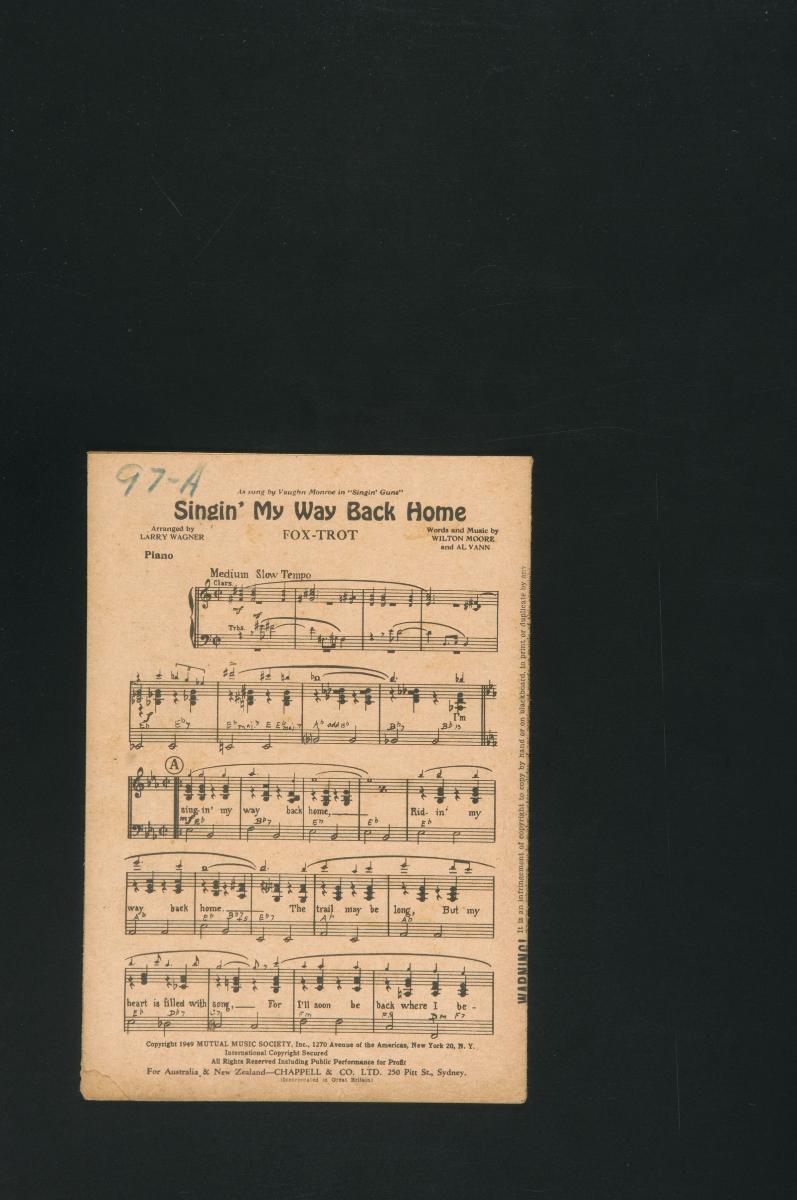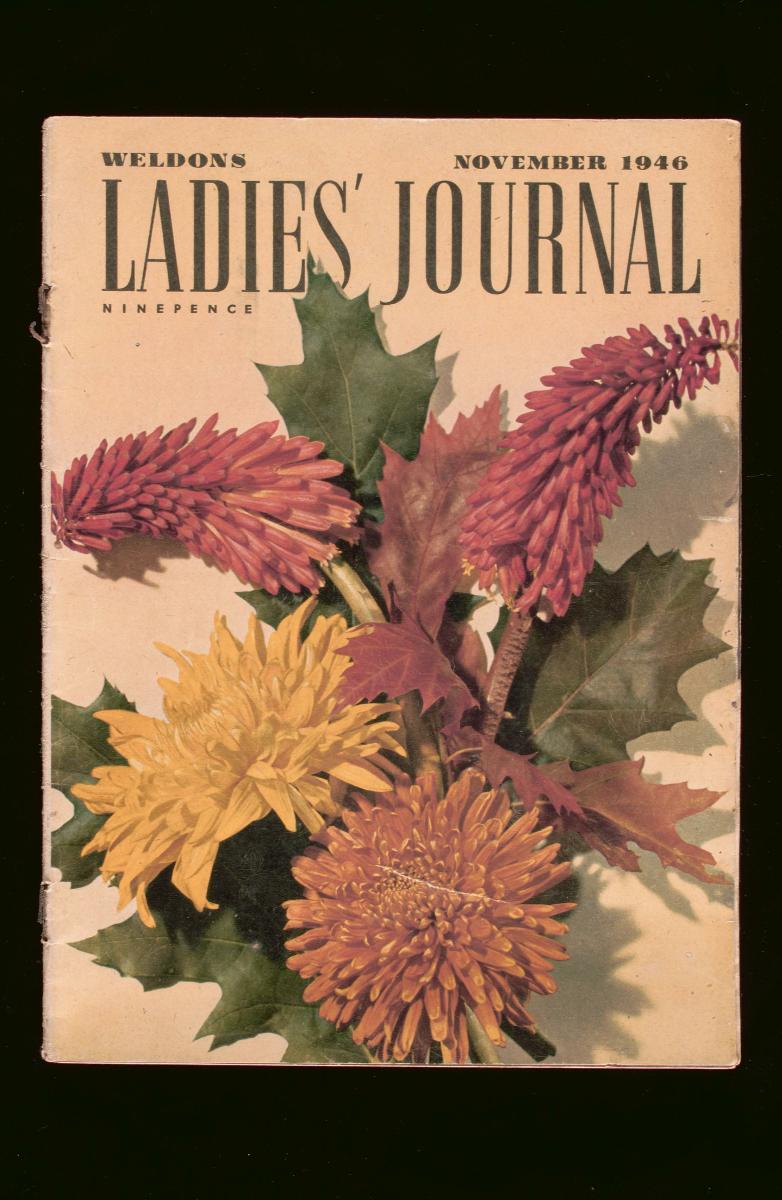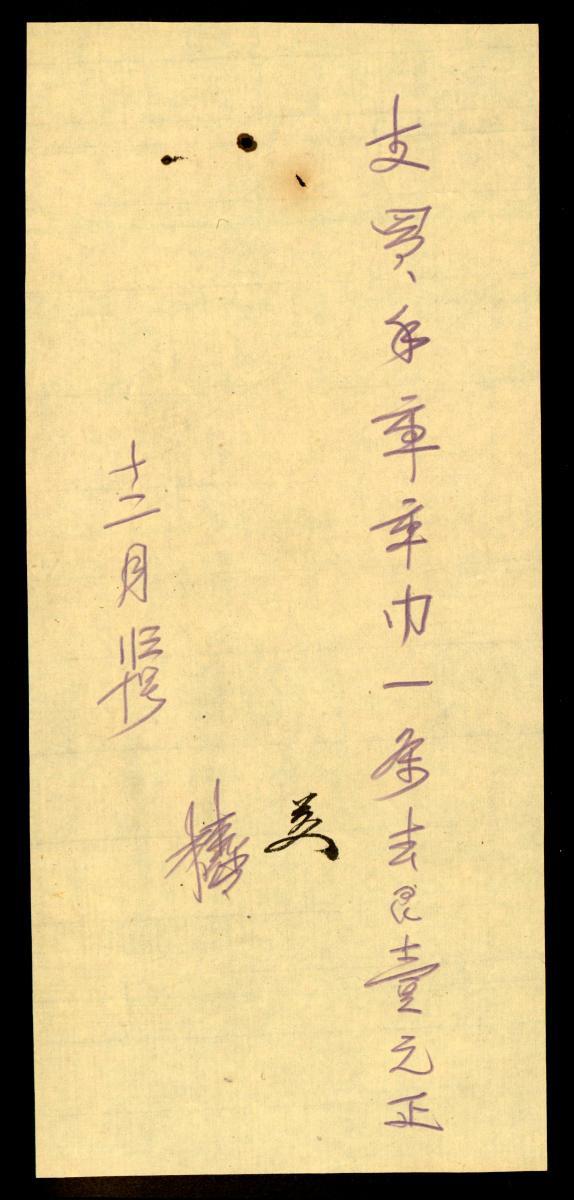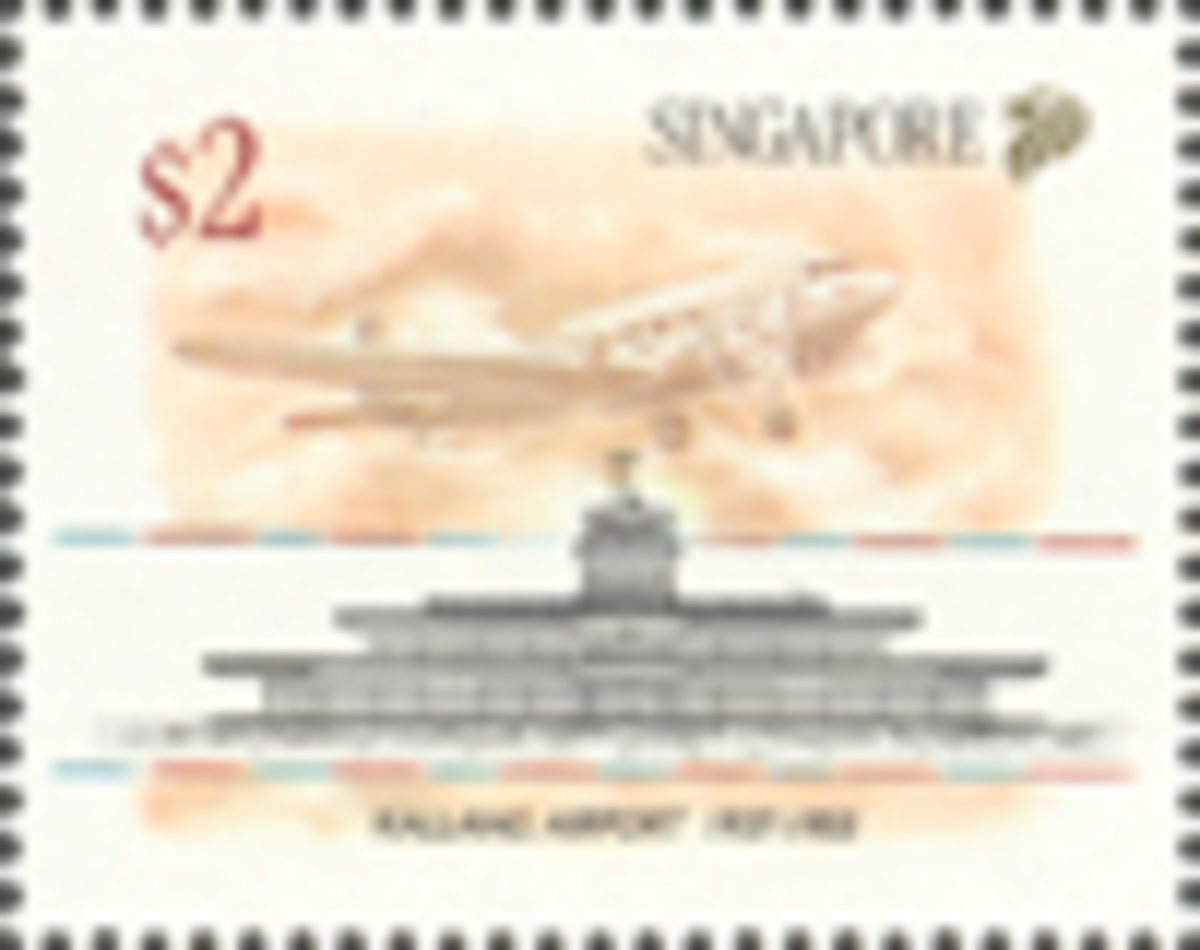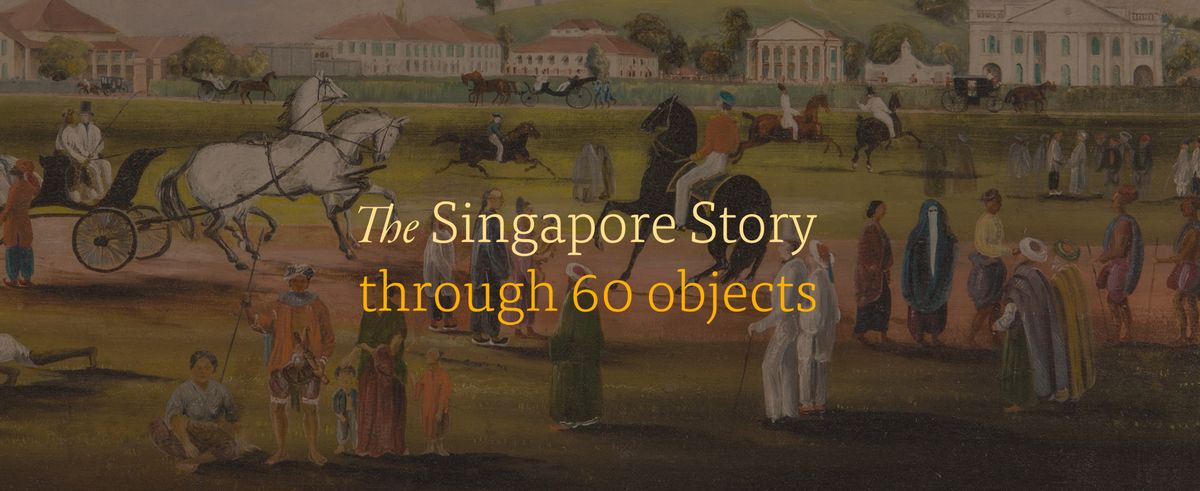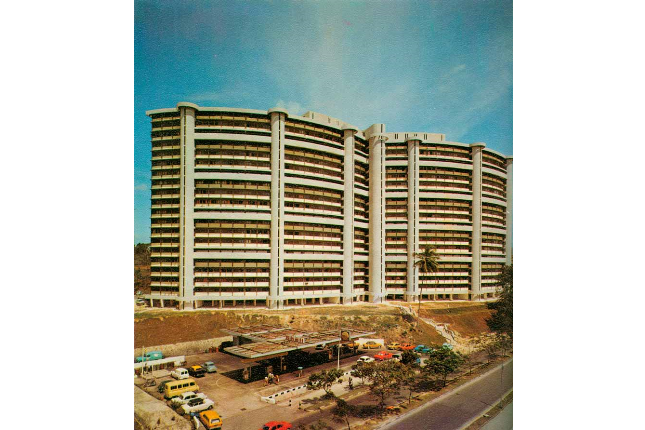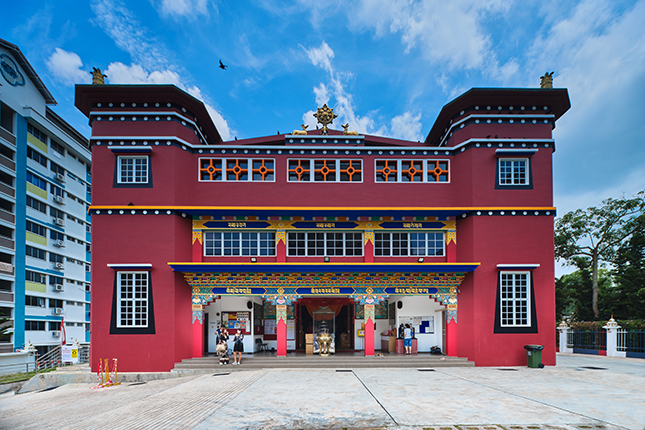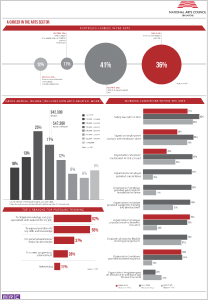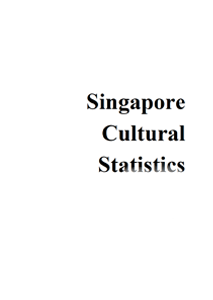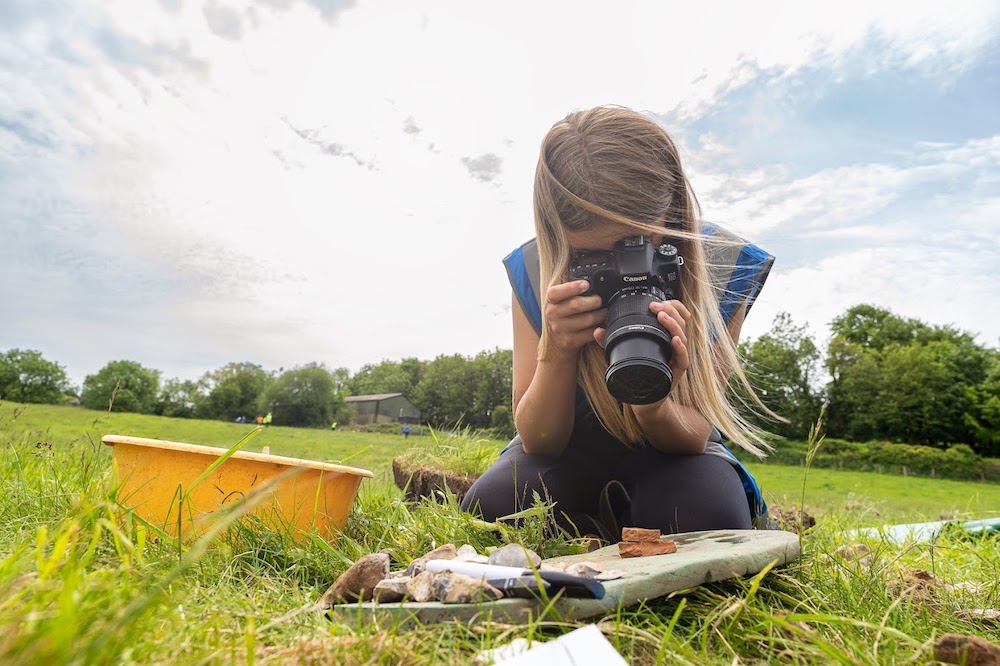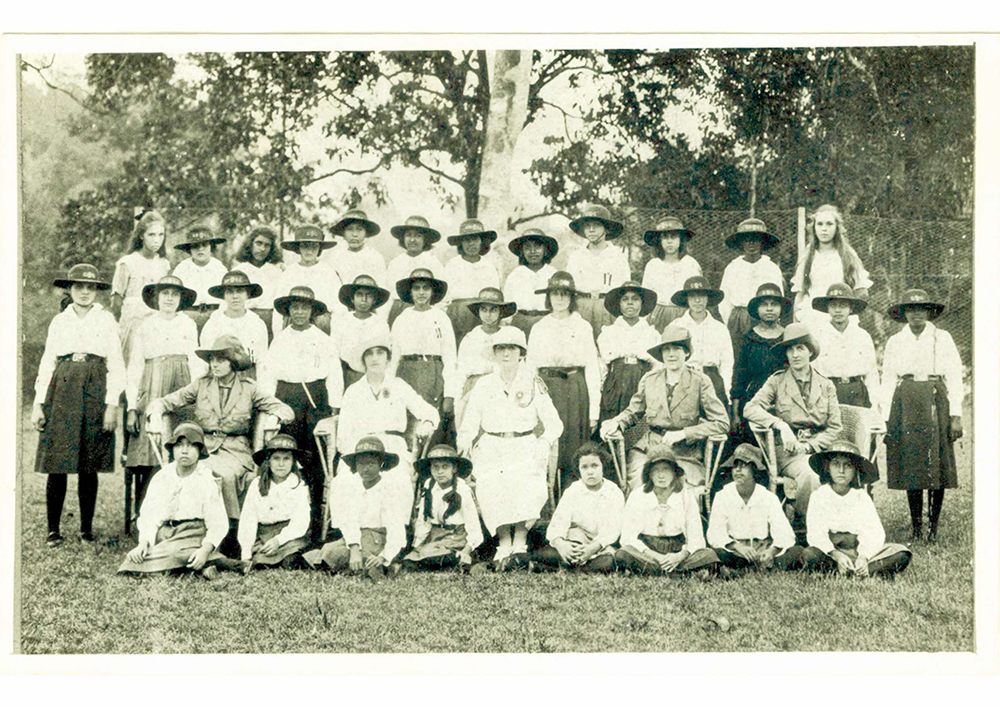Malaysian artist Yee I-Lann (b. 1971, Kota Kinabalu) is based in Kota Kinabalu and Kuala Lumpur. In 1992 she graduated in visual arts from the University of South Australia, Adelaide, and later studied painting at Central St Martins School of Arts in London. Her primarily photomedia-based practice speculates on issues of culture, power, and the role of historical memory in social experience, often with particular focus on themes and motifs that reference the indigenous cultures of her native Borneo; the visual vocabulary of her work is drawn from historical references, popular culture, archives and everyday objects. Yee has exhibited widely in museums in Malaysia, Asia and Australia, including two retrospective exhibitions: Fluid World, a 2011 survey of her major works at Adelaide’s Contemporary Art Centre of South Australia, and Yee I-Lann: 2005-2016 at the Ayala Museum in Manila, the Philippines. Selected biennials include the Yinchuan Biennale (2016); the Asia-Pacific Triennial of Contemporary Art (2015 and 1999); the Jakarta Biennale (2015); the Singapore Biennale (2006); and the Fukuoka Asian Art Triennale (2009). In 2013, she also served as a member of the curatorial team for the Singapore Biennale. She was recently featured in the major group exhibition, SUNSHOWER, Contemporary Art from Southeast Asia 1980s to Now, jointly taking place at the Mori Art Museum and National Art Center in Tokyo, Japan.The broader Orang Besar series is comprised of several thematically-related works and bodies of works: Fluid World; the Kain Panjang series; Empires of Privateers and Their Glorious Ventures; the YB series; The Great Game of Congkak; the triptych, A Rousing Account of Migration in the Language of the Sea. The inspiration for the series was triggered by the artist’s discovery of Bugis maritime maps in the British Library in 2006. It deals with the political and cultural history and context of Southeast Asia’s Nusantara, exploring the construction and dynamics of power both in the broader context of geopolitics, and the notion of the individual and its role in the body politic. “Orang Besar” (lit. “Big Person”) is a common term throughout the Southeast Asian archipelago dating back centuries, denoting a person of elite socio-political-economic standing in a community, a “man of prowess”. The term is interchangeable with “Orang Kaya” (lit. “Rich Person”). Traditionally, the wealth and influence of a man was measured not by how much land he owned, nor by the quantity of livestock or ships he possessed, but by the number of persons dependent upon him. The control of people and access to labour was considered to be the source of power, thus measure of wealth and influence. The temperament of these Orang Besar structures, the body politic, continues to the present despite colonial influence that has been absorbed into classical forms of rule and control. The vertical bondage between persons, notions of obligation and patronage, critical to classical power structures, remains. The Orang Besar were themselves often under obligation or indebted to a higher power within this structure whom they had to pay tribute to. A regional Sultan would grant favour to them in return for continued patronage, a percentage of the takings and their loyalty. The poor or the weak found security and opportunity in being bonded to an Orang Besar who could protect them and would in turn be obligated to their needs. Yee worked with the batik medium for the first time with several bodies of work for the Orang Besar series, combining the use of digital photomedia with traditional batik techniques in collaboration with Malaysian batik makers. The connotations of batik as a Southeast Asian textile tradition and as a women’s craft, and the poetic resonance of its “dye-and-resist” process, are integral to its use within this particular body of work, which addresses masculine power politics in a regional context. As she observes: “The Orang Besar Series makes tribute to the textile arts and industries of the region as a shared link between cultures, economies and means of expression. The story of the Orang Besar has very masculine overtures but I hope to temper this by using as its base batiked cloth, traditionally an object of female commentary.” The works also pay tribute to the role of batik in art-making in Malaysia, where batik paintings played a major role in representing modern Malaysian art in the nation-building years of the 1950s and 60s. The present work are wax-encased studies of the following finished pieces in the Orang Besar series: Empires of Privateers and Their Glorious Ventures, Kain Panjang with Parasitic Kepala and Kain Panjang with Carnivorous Kepala. (No study for the third Kain Panjang work, Kain Panjang with Carnivorous Kepala, still exists.) The last component of this donation package is a wax study for a body of work, Kain Sarong: Kerbau, that was never completed. Instead, images from this series were included in other works in the Orang Besar series: The Great Game of Congkak and the triptych, A Rousing Account of Migration in the Language of the Sea.





